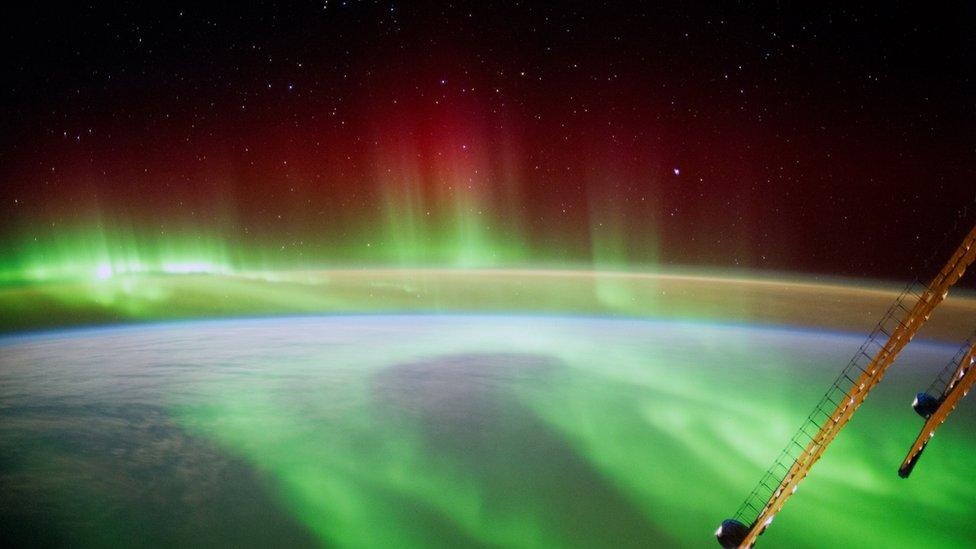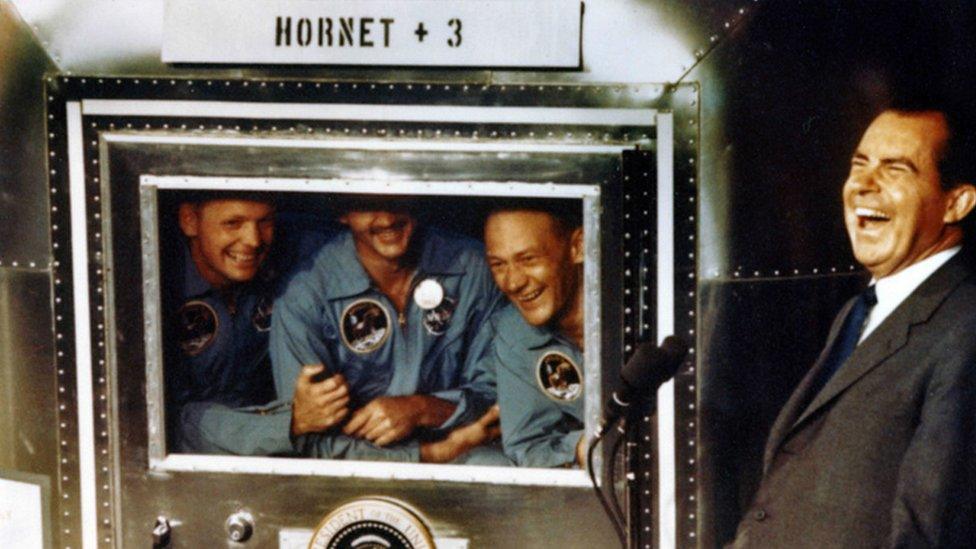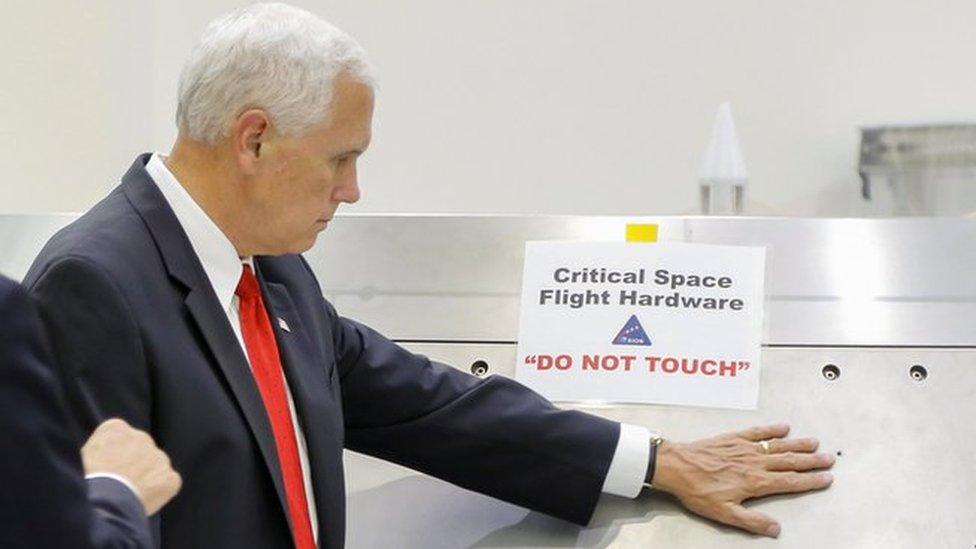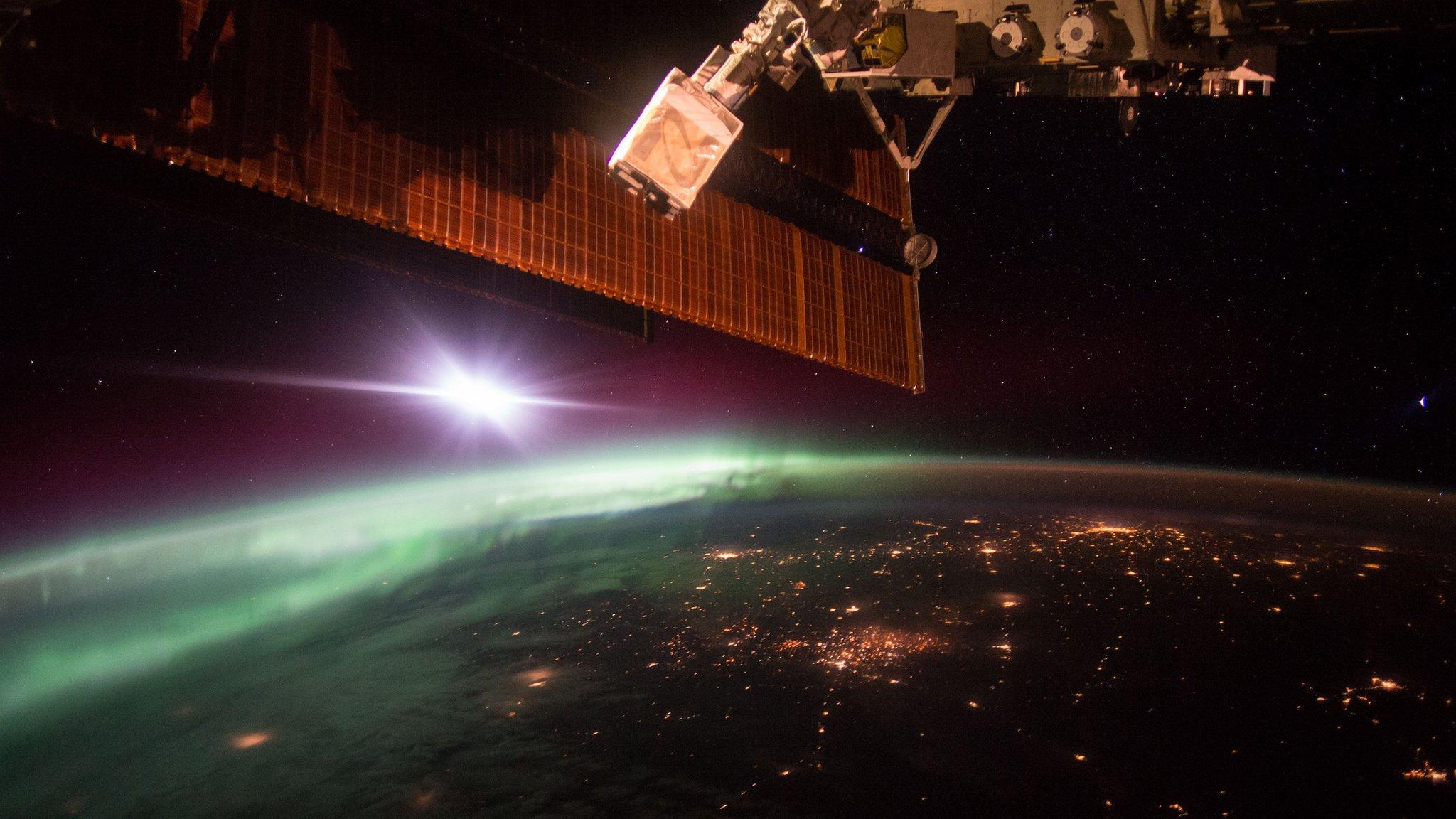Planetary protection officer wanted, generous salary
- Published
- comments

Earth has natural protection - like the kind that help form aurora - but Nasa is hiring its own
Nasa is seeking a new "planetary protection officer" tasked with defending the earth from alien life.
More specifically, the job's main concern is avoiding "biological contamination in human and robotic space exploration."
That applies both ways - to spacecraft returning to Earth and to the risk of human contamination of other planets.
Along with its inspiring job title, the position comes with a hefty annual salary range of $124,406 - $187,000.
Applications have been open to US citizens since July, with a closing date of mid-August. But the job advert went largely unnoticed until now, when it caught the eye and imagination of US media outlets.
It is not a new idea - the original United Nations treaty on space exploration, signed in 1967, called for space-faring nations to take care about contaminants.

President Nixon shares a joke with the Apollo 11 team in their quarantine pod in 1969
Among the goals of the Office of Planetary Protection are keeping other worlds "in their natural states" and to "take prudent precautions to protect Earth's biosphere in case life does exist elsewhere".
The trope of unwanted alien contamination is a favourite of science fiction writers.
And while the current PPO, Dr Catharine Conley, told the New York Times in 2015 that she was presented with some Men in Black-style sunglasses on her first day, she knows that humans are likely to be the bigger threat.
"If we're going to look for life on Mars, it would be really kind of lame to bring Earth life and find that instead," she told the newspaper, external.
The hefty responsibilities may explain the generous salary - but the qualifications are demanding.
Aside from requiring "advanced knowledge of planetary protection" the right candidate needs to already have experience in "space programmes of national significance".
That's on top of a degree in physics, engineering, or maths. And the job also requires "secret" security level clearance.

Nasa later reassured Mr Pence that it was "OK to touch the surface"
The often-obscure cleanliness of spacecraft has recently been in the spotlight - when US Vice-President Mike Pence decided to touch a component despite the large "do not touch" sign attached.
But Nasa later said the surface would be cleaned before being assembled into the Orion spacecraft - it's all part of the decontamination procedure.
In fact, as Time magazine points out, external, Nasa takes planetary protection so seriously it is preparing to destroy the Cassini spacecraft orbiting Saturn so that it does not crash uncontrollably and contaminate the planet's moons - just as it did with Galileo, orbiting Jupiter, in 2003.
- Published8 July 2017

- Published20 April 2016
